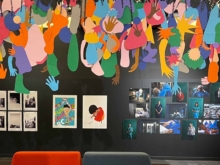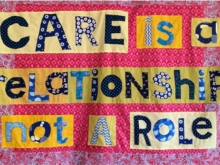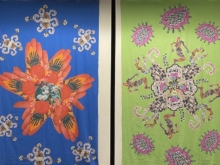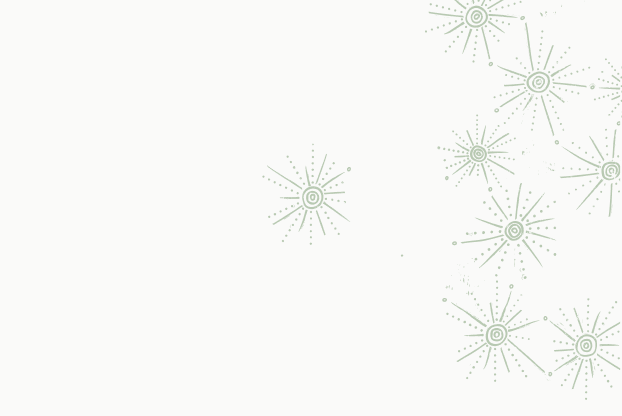Knowledge Translation Platform
Knowledge translation is more than just sharing research information and findings. It’s about valuing different types of knowledge – experiential, pragmatic, or cultural – and exploring new ways to share and rollout that knowledge in meaningful ways.
It’s using it to change behaviour or inform policy. Through this Platform, we make evidence-based practice a way of life. We will use it to bring the greatest social, economic, technological and health benefits to the country.
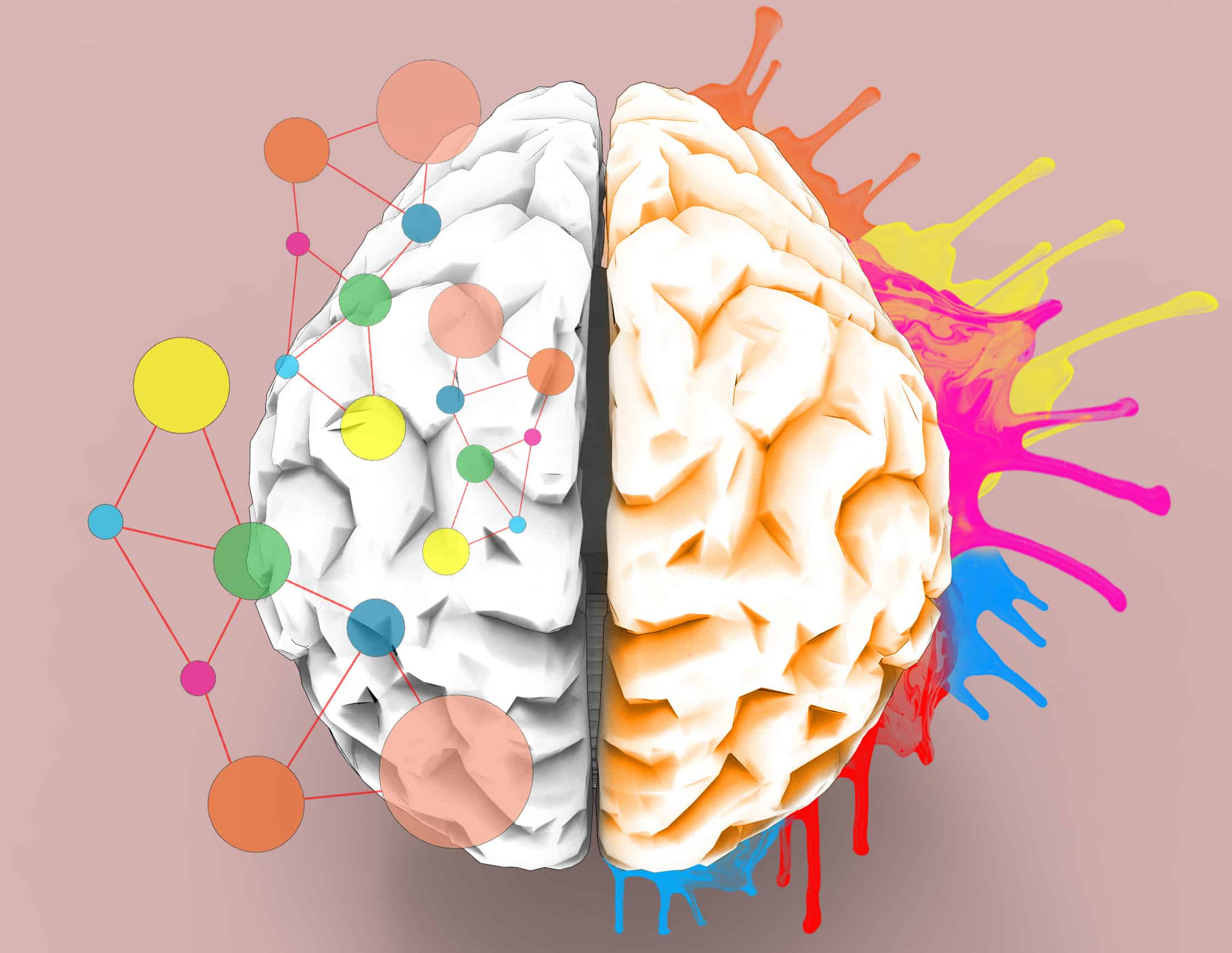
Knowledge translation is both a multidimensional concept and an emerging discipline that examines methods and mechanisms to close the gap between what we know and what we do. It is a dynamic and an iterative process that involves the synthesis, dissemination, exchange, and ethically-sound use of knowledge to improve healthcare and, relatedly, health.
Knowledge translation is also referred to as evidence uptake, knowledge-to-action, implementation science, research utilisation or use, dissemination and diffusion, knowledge transfer, and knowledge mobilisation. Yet, knowledge translation is a more encompassing concept than evidence-based practice, continuing professional development, or even research dissemination. It encompasses multiple, simultaneous activities that are interactive, nonlinear, and impact-oriented. This includes multidirectional engagement (rather than one-way communication) between myriad knowledge makers and users, including (but not limited to): scholars, policymakers, health service managers, practitioners, educators, consumers of health services, carers, and the public.
Multiple processes can affect how evidence – or what we know – is generated, communicated, and used. These processes can also hinder whether and how evidence is used. Knowledge translation pays particular attention to the contexts in which knowledge is used. By determining the needs and preferences of potential knowledge makers and users, it is possible to develop effective and efficient ways to research, learn, and improve healthcare.
Our Vision

Our Vision
Our vision is to get the right evidence, to the right people, at the right time to enable evidence-informed decision making.
Our Focus
Our Focus
Objective 1
Champion the development of Knowledge Translation by:
- Appointing Knowledge Translation Leads
- Developing a Knowledge Translation strategy
Objective 2
Build Knowledge Translation capacity by:
- Appointing Knowledge Translation Ambassadors
- Developing a program of resources including (but not limited to) webinars, fellowships, workshops, and masterclasses
Objective 3
Raise the profile of the positive impact of SPHERE by:
- Highlighting pockets of brilliant Knowledge Translation among the Clinical Themes
- Showcasing these pockets of brilliance using innovative arts-based strategies in collaboration with our Artists-in-Residence
Our Projects
Our Team
Our Team
Maridulu Budyari Gumal Knowledge Translation Team:
- Katherine Boydell, Director of Maridulu Budyari Gumal KT, Professor of Mental Health, Black Dog Institute;
- Ann Dadich, Deputy Director of Maridulu Budyari Gumal KT, Associate Professor, Western Sydney University School of Business;
- Barbara Doran, Uber Creator/Artist in Residence of Maridulu Budyari Gumal KT, Director of Creative Intelligence and Strategic Innovation UTS;
- Priya Vaughan, Post-Doctoral Research Fellow, Black Dog Institute; Chloe Watfern, Research Assistant, Black Dog Institute;
- and Stephanie Habak, Project Officer, Black Dog Institute.
Contact us:
For more information on our current and developing work, contact [email protected]
Collaborators
Collaborators
- Maggie Beer
- The Kitchen Foundation
- SLOT Gallery
- Carers NSW
- Landcare AUS
- Lived Experience Australia
- VIVID Sydney
- Amigo and Amigo
- Dementia Reframed
- Northern Beaches Council
- St. Vincent’s Hospital
- Liverpool Hospital
Contact us:
For more information on our current and developing work, contact [email protected], Research Support Officer.

